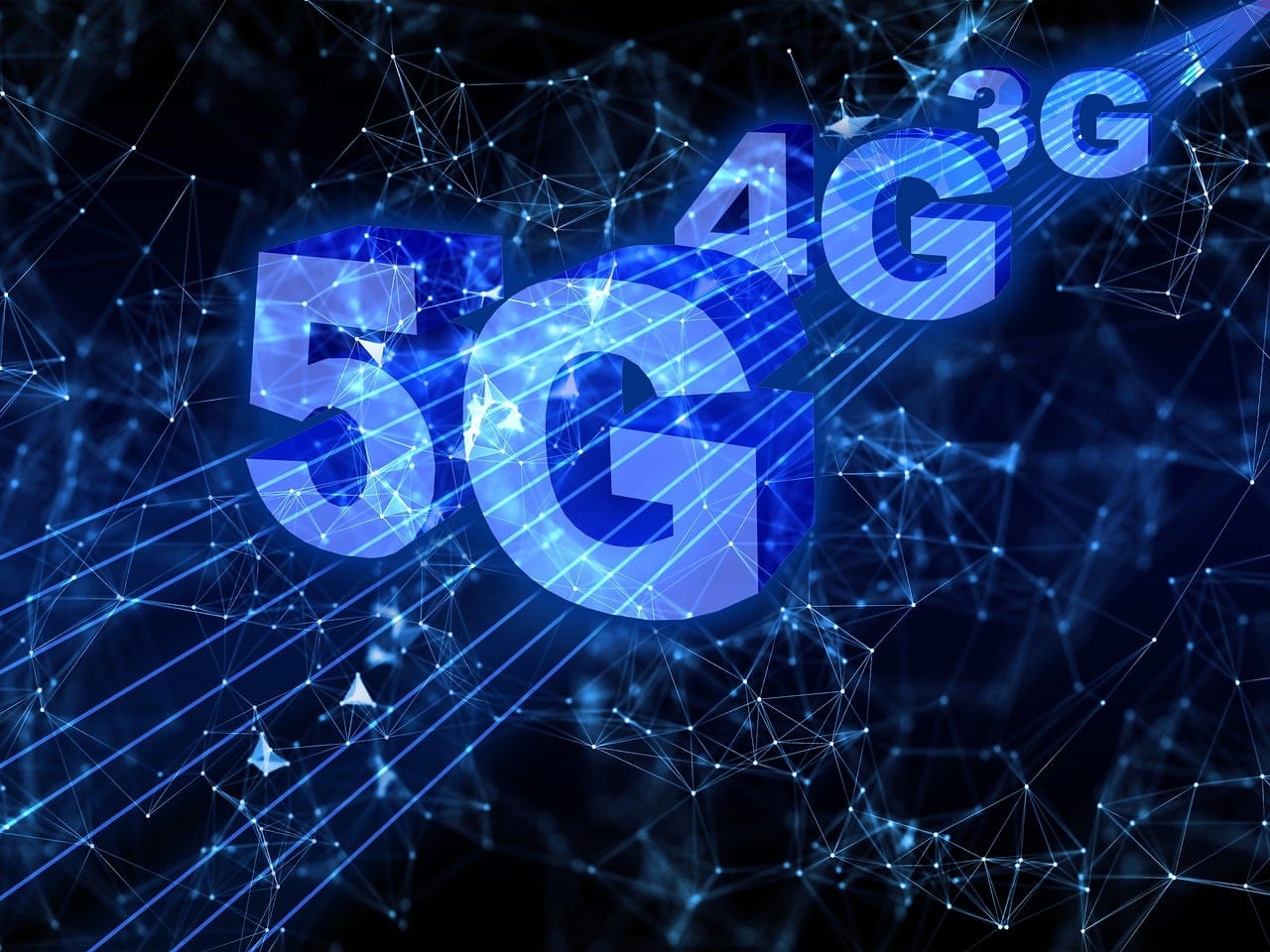Deutsche Telekom has announced the shutdown of its 2G network by June 30, 2028, in order to free up spectrum and improve the coverage of 4G and 5G networks across the country. This measure aims to adapt the infrastructure to the growing needs of its customers and ensure faster and more efficient data transmission, especially in rural areas.
Telekom Deutschland GmbH’s Chief Technology Officer, Abdu Mudesir, explained that “with the spectrum that the 2G network will free up, we will be able to further improve our network.” Mudesir emphasized that the goal is to provide fast and accessible data transmission for all users, using these frequencies to strengthen coverage in next-generation networks.
Mobile Revolution: From 2G to 5G
The 2G technology, introduced almost three decades ago, marked a turning point in the era of mobile communications, providing the technical basis for digital networks. However, technological evolution has rendered this network obsolete compared to the capabilities offered by current technologies such as 4G and 5G.
Since 2019, Deutsche Telekom has expanded its 5G network, reaching over 97% of the German population, and aims to reach 99% by the end of 2025. This modernization has enabled users to enjoy higher speeds and greater capacity, adapting to the growing data demands.
Improved Coverage in Rural Areas
The shutdown of the 2G network will particularly benefit rural areas that still rely on this technology. The 4G and 5G networks will be implemented in these areas, significantly improving connectivity and facilitating access to high-speed Internet. In addition to the old frequencies, other frequency ranges will be used to ensure optimal coverage in all regions.
What does the 2G shutdown mean for users?
Most Deutsche Telekom users already benefit from 4G and 5G networks, so they will not need to make significant changes. However, those who still use devices without support for 4G or 5G will need to upgrade before 2028. Additionally, switching to a modern device today not only improves call quality but also allows for a much faster and efficient data transmission experience.
Even users who prefer button phones will be able to easily adapt, as there are devices without a touchscreen that are compatible with VoLTE, allowing them to continue using the network with superior voice quality.
Impact on Internet of Things (IoT) and M2M
The 2G shutdown will also affect the Internet of Things (IoT) and Machine-to-Machine (M2M) communications, which previously depended on 2G and 3G technology. To maintain optimal operation of these devices, Deutsche Telekom recommends a gradual transition to modern technologies like Narrowband IoT (NB-IoT) and LTE-M, which ensure reliable data transmission even in remote or difficult access areas.
Preparation and Planning for the Future
Both providers and users must start planning the replacement of old devices and systems to ensure a seamless transition when the 2G network is definitively shutdown. Investing in technologies that support 4G, 5G, VoLTE, and VoNR not only ensures continuity in services but also saves long-term costs by avoiding last-minute replacements.
In this way, Deutsche Telekom continues to lead the digital transformation in Germany, ensuring that the country is ready to face future challenges with a faster, modern, and accessible mobile communication network for all.
Source: Telekom

